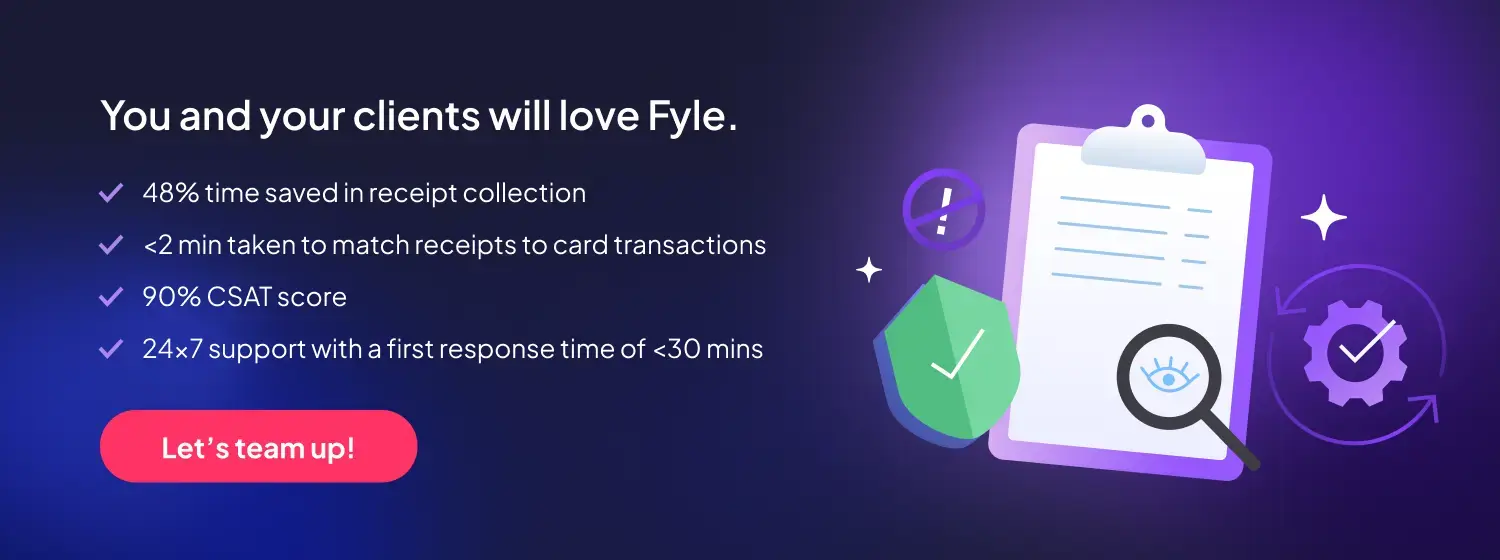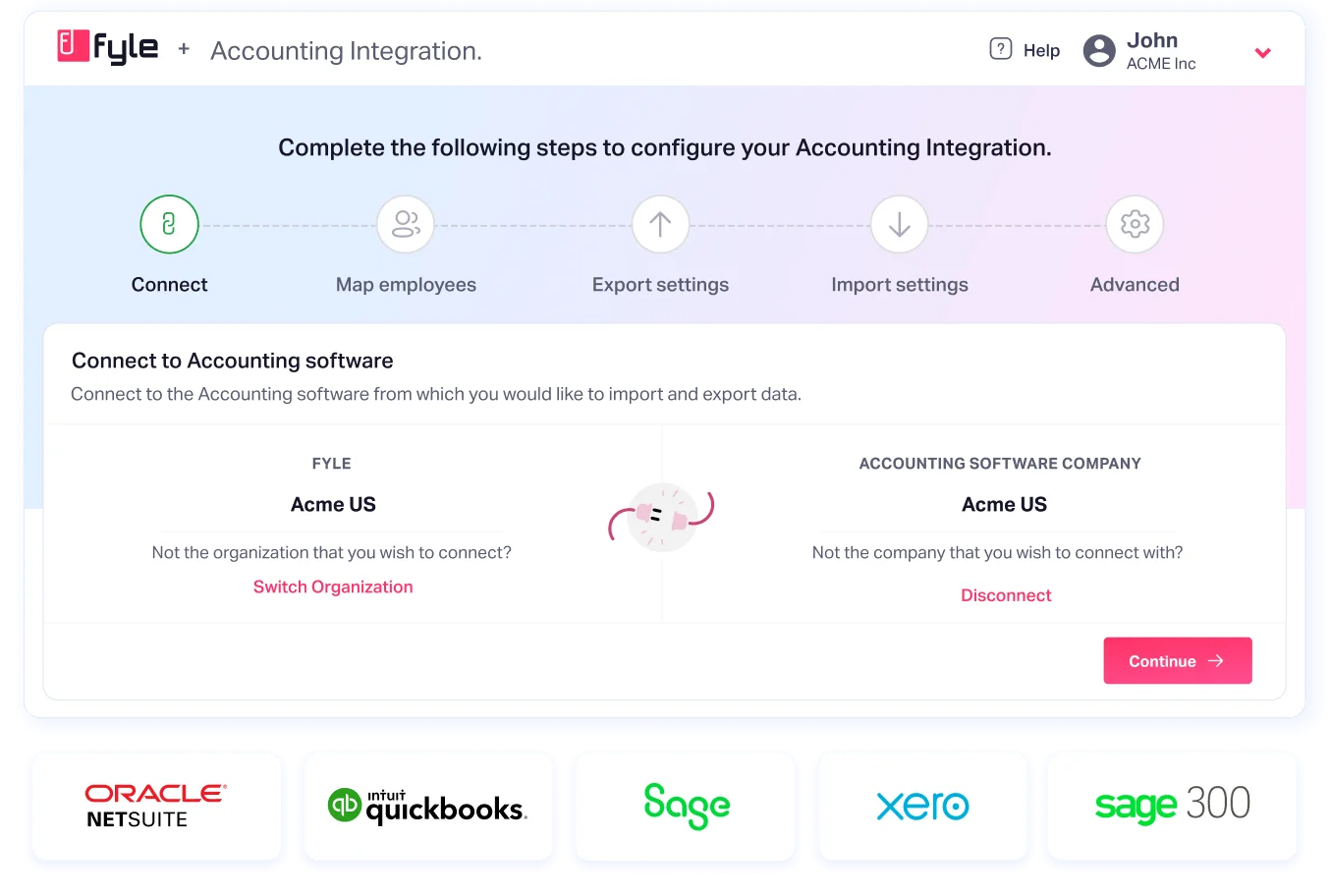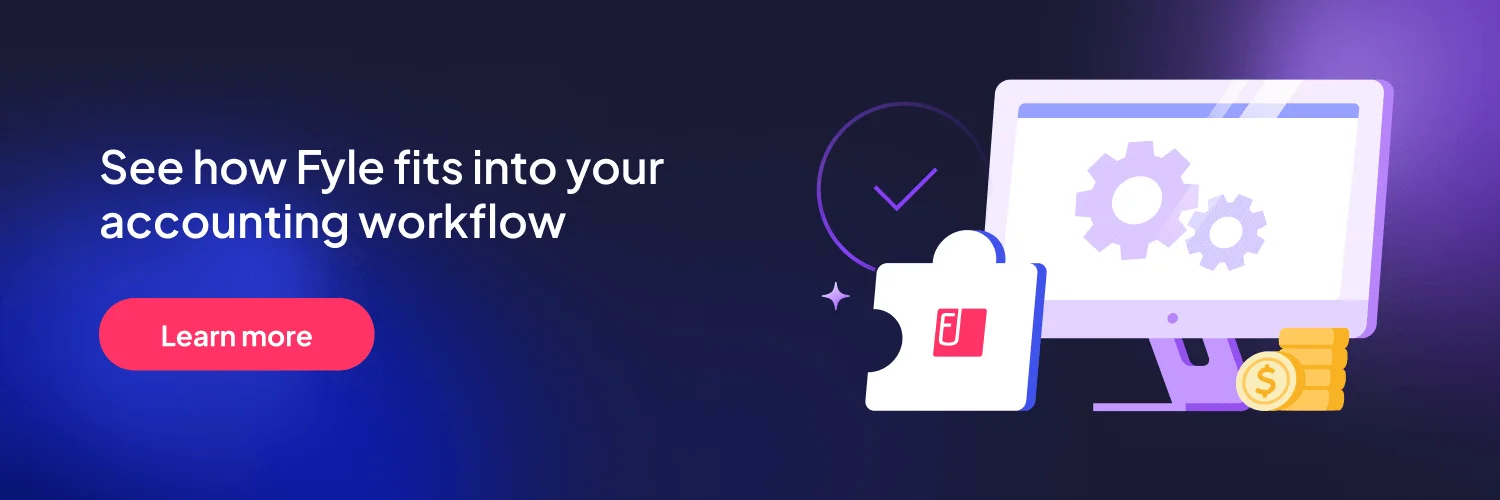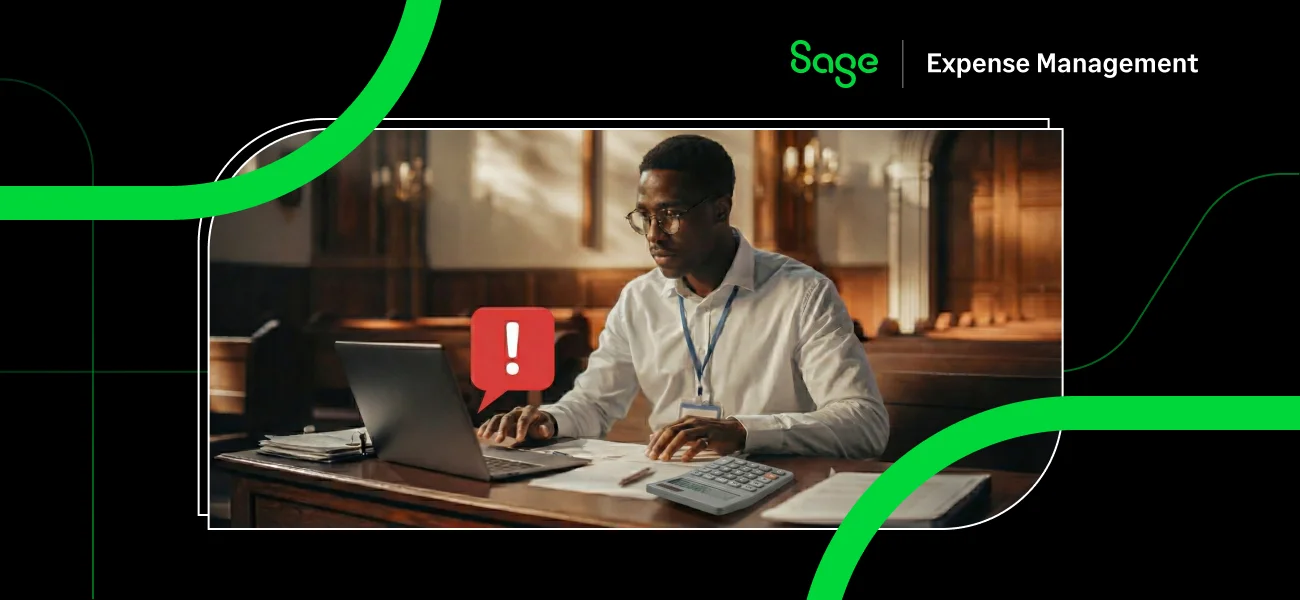Upgrading your accounting software is a major step toward building a more modern, efficient, and scalable finance function. You're investing significant time and resources into creating a single source of truth for your company's financials. However, a common roadblock can undermine this entire effort: an outdated expense management system that struggles to keep pace.
When your expense tool fails to integrate with your new accounting software, it creates a data silo. This forces your team back into the very manual work you're trying to eliminate, compromising the value of your new investment. To truly modernize your processes, you need an expense system that is a powerful ally, not a painful bottleneck.
The Risks of an Incompatible Expense System
Migrating to a new ERP or accounting software is a key trigger for companies to re-evaluate their entire tech stack. An incompatible expense system not only fails to add value; it actively creates new problems.
The Return of Manual Data Entry
The primary goal of a new accounting system is automation. However, a lack of integration with your expense platform means your team must manually export spreadsheets and re-key transaction data into the new system.
This process is not only time-consuming but also defeats the core purpose of the software upgrade, trapping your team in the inefficient workflows they were trying to escape.
Compromised Data Integrity
Manual processes are prone to errors. When employees code expenses against a large list of cost codes that contain only numbers, or when data is transferred manually, mistakes are inevitable. This inaccurate or incomplete expense data then pollutes your new, pristine accounting software from day one, undermining data integrity and leading to inaccurate project accounting.
A Fragmented and Frustrating Workflow
An unintegrated system creates a disjointed experience that can overwhelm the accounting team. Toggling between platforms, manually reformatting CSV files, and troubleshooting import errors is frustrating and inefficient. This is a common experience for users of older tools, such as Expensify, who find the process overly complicated.

Industry-Specific Integration Challenges
While a smooth integration is crucial for everyone, the stakes are particularly high when specific industries upgrade their accounting software. The unique financial workflows of each sector mean that a disconnected expense system can cause very specific, and often costly, problems.
Mid-Market Companies
This segment is most likely to be upgrading their accounting software, frequently moving from a system like QuickBooks, which they have outgrown, to a more robust ERP. The primary goal of this expensive and time-consuming migration is to gain greater control, scalability, and automation.
An unintegrated expense management system completely undermines this objective by reintroducing the manual data entry and inefficient workflows the company just invested heavily to eliminate.
Construction
Construction firms live and die by accurate job costing. Their ERP is the central hub for tracking every dollar against a project's budget. When their expense management system doesn't sync directly, the finance team is forced to manually enter a high volume of field purchases, from materials at a local supplier to equipment rentals.
Then they code them to the correct project and cost code. This creates a critical data lag, making it impossible to get a real-time view of project costs and putting the company at high risk of budget overruns.
IT & Tech
Tech companies, especially those that are scaling quickly, need financial systems that are agile and efficient. They often deal with a complex mix of expenses, including hundreds of recurring software subscriptions, international travel, and hardware costs.
Furthermore, M&A activity is common, requiring the swift consolidation of financial systems. An expense tool that doesn't integrate seamlessly with their new accounting software creates a significant data bottleneck, slowing down financial reporting and hindering the ability to make fast, data-driven decisions.
Non-Profit
For non-profit organizations, financial integrity and transparency are non-negotiable. They often upgrade their accounting software to better manage restricted funds and report accurately to donors and grantors.
An incompatible expense system creates a major compliance risk. If a controller has to manually transfer and code every expense from a mission trip or a community program, the chance of misallocating a cost to the wrong grant increases significantly. Such an error can jeopardize funding and damage the organization's reputation.

How Sage Expense Management (formerly Fyle) Bridges the Gap to Your New Software
Sage Expense Management is built to ensure your expense management process is a seamless extension of your accounting software, not a disconnected silo.
Deep, 2-Way Accounting Integrations

Sage Expense Management offers robust, no-code integrations with the accounting platforms that matter to you, including QuickBooks Online, QuickBooks Desktop, Sage Intacct, Xero, and NetSuite. We automatically import your chart of accounts, projects, departments, and other custom dimensions, ensuring that employees always code expenses against the correct data.
It then exports fully coded expenses back to your system as bills, journal entries, or credit card charges, eliminating manual entry and ensuring perfect sync.
Guaranteed Data Accuracy from the Start

Sage Expense Management ensures the data entering your new system is clean from the moment of purchase. With real-time feeds, Visa and Mastercard transactions are captured instantly and accurately. Upon swiping a card, the transaction data is instantly entered into the system.

Our user-friendly submission methods, such as texting a receipt or using the Gmail and Outlook plugins, encourage employees to submit expenses promptly, preventing a backlog of incomplete records. This focus on data integrity ensures you can trust the numbers in your new system.
A Fast, Supported Implementation
We understand that implementing new software can be a challenging process. That’s why our expert implementation team helps you get up and running, and our customer support team is available 24/7 with an industry-leading response time of under 30 minutes. This hands-on support ensures a smooth transition and a successful launch.

Maximize the ROI of Your New Accounting Software
Your new accounting software is a major investment in your company's future. To maximize that investment, every part of your financial tech stack needs to work in harmony. Sage Expense Management provides the seamless integration and real-time data accuracy required to make your new system a true success.
Don't let your expense management tool hold you back.
Schedule a demo to see how Sage Expense Management can create a smooth and efficient transition to your new accounting software.





.jpg)














